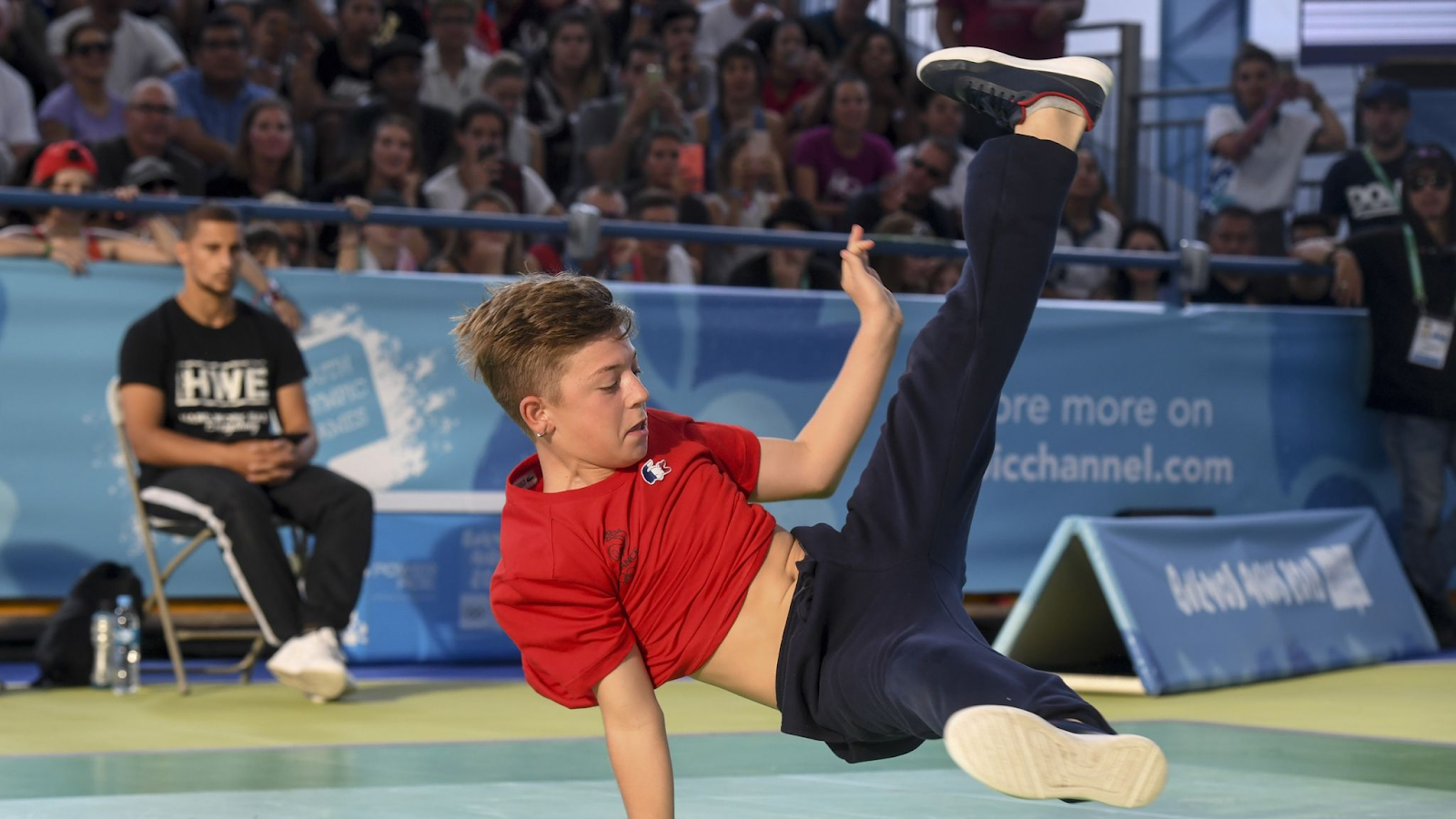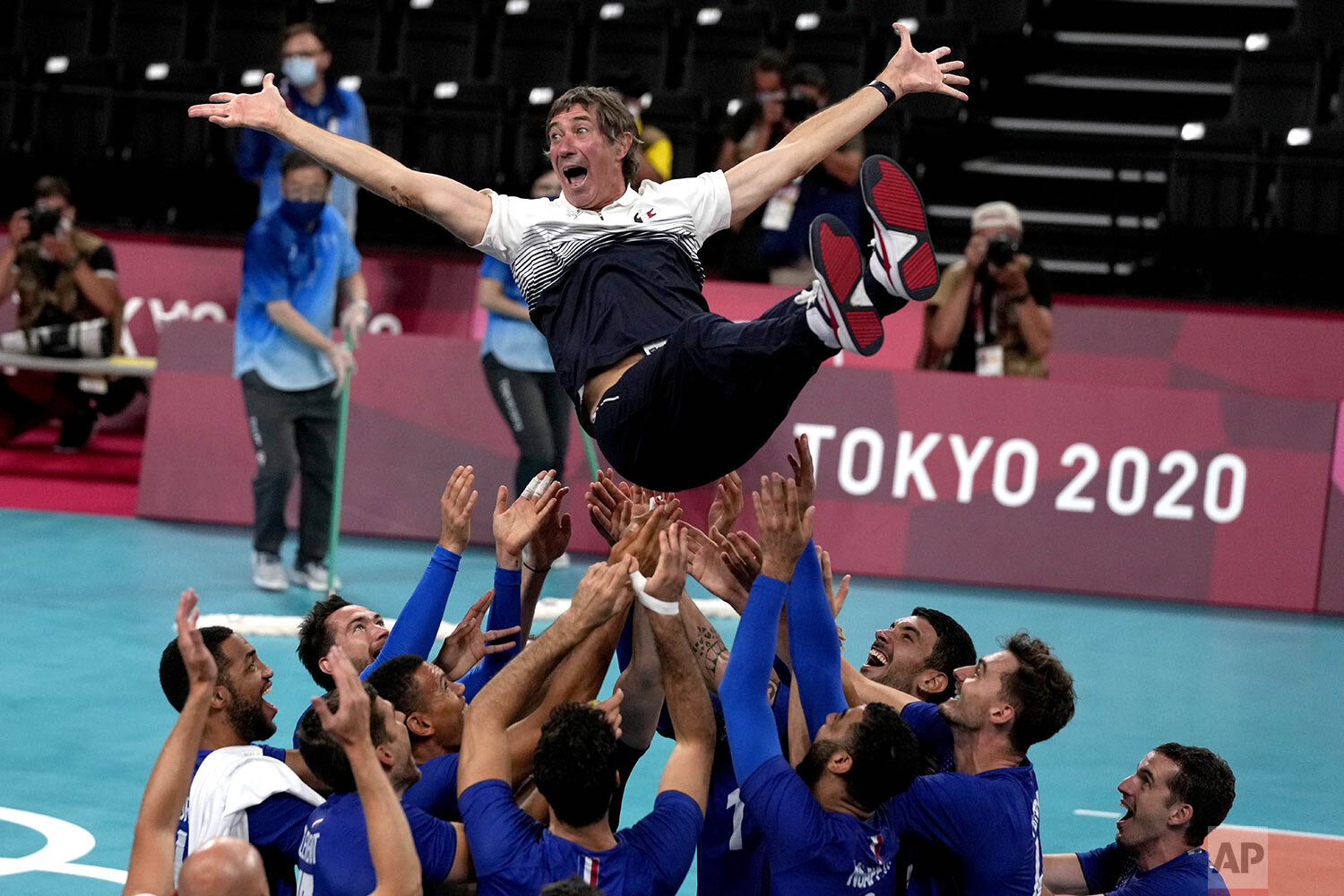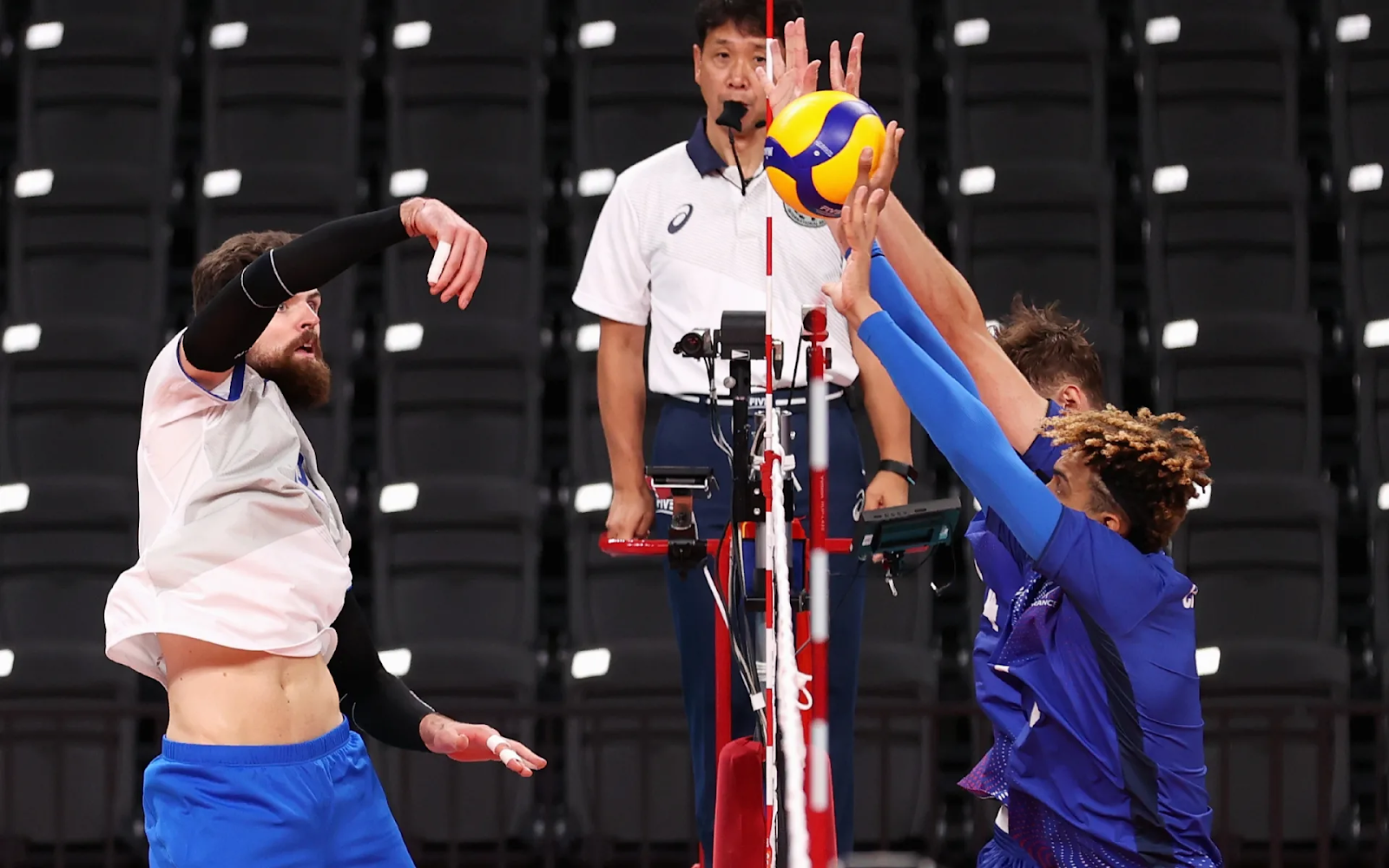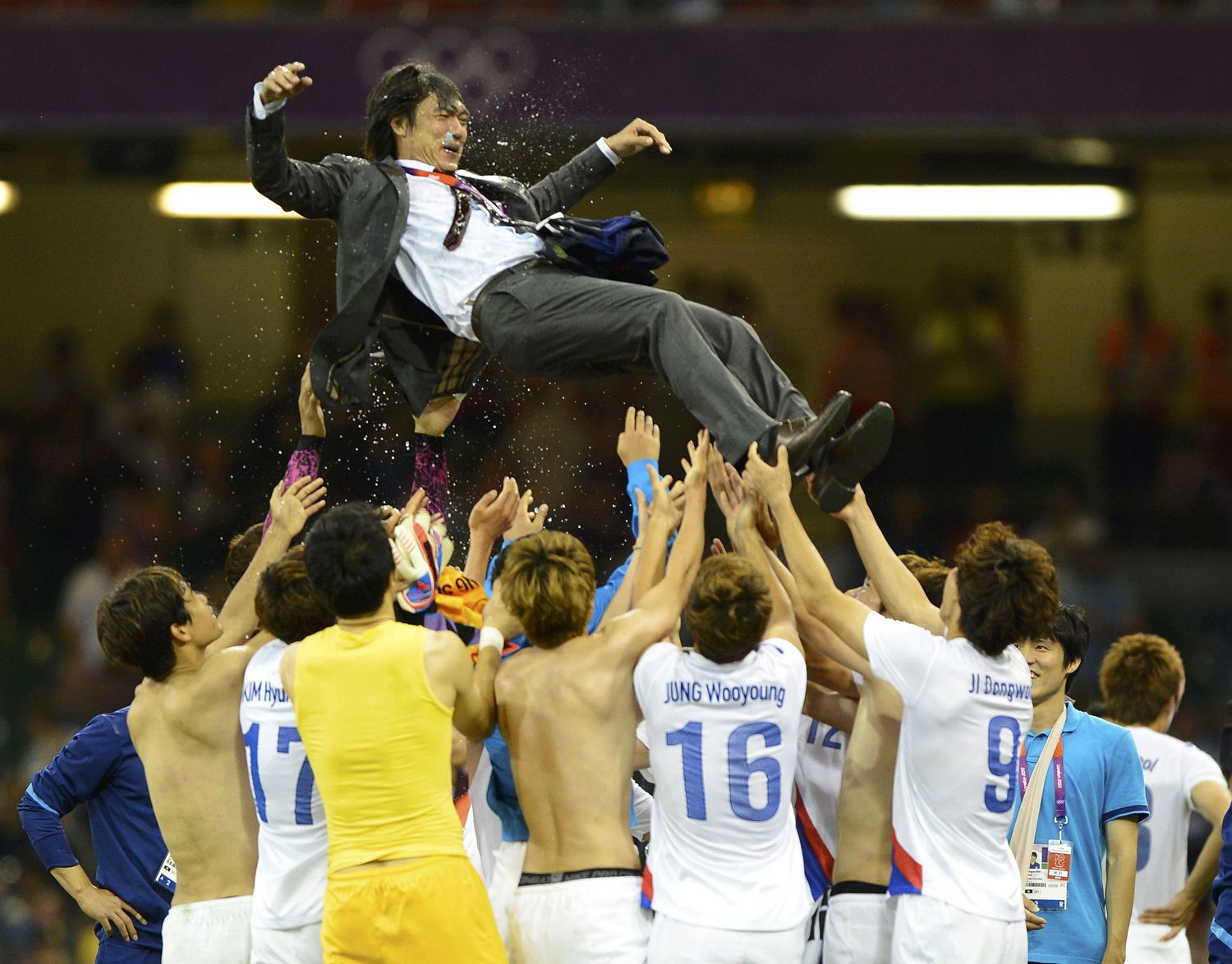The world of competitive sports is about to witness an unprecedented evolution with the inclusion of breakdancing in the 2024 Paris Olympics. Officially referred to as breaking, this dynamic and expressive art form is making history as it steps into the global spotlight of the Olympic Games. Combining athleticism, artistry, and cultural significance, Olympic breakdancing 2024 is not only a testament to the growing diversity of sports but also a recognition of hip-hop culture’s enduring global influence.
From the Streets to the Olympics

Breaking emerged in the 1970s in the Bronx, New York City, as part of the burgeoning hip-hop movement. What started as a form of street dance, influenced by elements of funk, gymnastics, and martial arts, quickly became a cornerstone of hip-hop culture. Breakdancers, or b-boys and b-girls, developed unique moves characterized by intricate footwork, power moves, freezes, and spins, all performed with a deep connection to rhythm and music.
Over the decades, breaking has grown from its urban roots to become a global phenomenon, with international competitions like the Red Bull BC One and the World Breaking Championships attracting elite dancers from around the world. The inclusion of breaking in the Paris Olympics is the culmination of years of advocacy to elevate the dance form to the status of a legitimate competitive sport.
The Journey to Olympic Recognition
The journey to Olympic breakdancing 2024 inclusion began in earnest in the early 2000s, as breaking organizations and advocates sought to demonstrate the athletic rigor and cultural significance of the art form. Breaking’s debut as an Olympic event can largely be attributed to its success at the 2018 Youth Olympic Games in Buenos Aires, where it was introduced as a trial sport.
The reception was overwhelmingly positive, with audiences captivated by the blend of athleticism, creativity, and showmanship displayed by young dancers. The International Olympic Committee (IOC) recognized breaking as a discipline that could engage younger audiences and promote cultural diversity within the Games.
In December 2020, the IOC officially announced breaking’s inclusion in the 2024 Paris Olympics, making it one of the most anticipated new additions to the Olympic program.
Breaking Down the Competition

The breaking competition at the 2024 Olympics will feature 16 b-boys and 16 b-girls from across the globe, who will battle it out in one-on-one matches. These athletes will be selected through a series of global and continental qualifiers, ensuring that the competition showcases the best talent in the world.
Format and Judging
Breaking battles at the Olympics will be judged on several key criteria, including:
- Technique: The precision and execution of moves, including freezes, power moves, and transitions.
- Creativity: Unique and innovative combinations of movements that showcase originality.
- Musicality: The ability to synchronize movements with the beat and rhythm of the music.
- Performance: Overall presentation, including confidence, interaction with the opponent, and crowd engagement.
Judging panels will consist of breaking experts and representatives from the broader dance and sports communities, ensuring a fair and balanced evaluation.
Venue and Atmosphere
The breaking events will take place in an urban setting specially designed to replicate the energy and vibe of street dance battles. With a DJ spinning tracks live and spectators surrounding the dancers in a circle, the Olympic breaking stage will blend competitive structure with authentic hip-hop culture.
Breaking’s Global Appeal
Breaking’s inclusion in the Olympics reflects its universal appeal and cultural significance. Over the years, the dance form has transcended its origins to become a truly global art form, with thriving communities in Asia, Europe, Latin America, and Africa.
Dominant Nations
While breaking remains a global phenomenon, certain countries have established themselves as powerhouses in the art form.
- South Korea: Known for its technically advanced b-boys and b-girls, South Korea has produced numerous world champions.
- United States: As the birthplace of breaking, the U.S. boasts a deep talent pool and a rich history in the art form.
- Japan: Home to some of the most innovative and precise breakers, Japan has been a dominant force in international competitions.
- France: As the host nation of the 2024 Olympics, France has a vibrant breaking scene and will be a key contender.
Breaking Meets Olympic Values
The inclusion of breaking in the Olympics aligns with the IOC’s mission to modernize the Games and attract younger, more diverse audiences. Breaking embodies the Olympic values of excellence, friendship, and respect in unique ways:
- Excellence: Breakers push the limits of physical and creative performance, showcasing incredible strength, flexibility, and artistry.
- Friendship: The breaking community emphasizes camaraderie and mutual respect, fostering connections across cultural and national boundaries.
- Respect: Dancers pay homage to the history and pioneers of breaking, preserving its cultural roots while evolving the art form.
Challenges and Criticisms
Despite the excitement surrounding Olympic breaking, the event has faced some criticism and challenges.
Cultural Concerns
Some members of the breaking community have expressed concern about the commercialization of the art form. They worry that breaking’s inclusion in the Olympics could dilute its cultural roots and transform it into a more sanitized, sport-like activity.
Judging Complexity
Unlike traditional sports with clear metrics for scoring, breaking relies on subjective evaluation. Critics argue that the inherently artistic nature of breaking may make it difficult to establish universally accepted judging criteria.
Preparing for Paris

As the Olympic breakdancing 2024 approaches, breakers and coaches are intensifying their preparations. Training regimens for elite b-boys and b-girls include:
- Physical Conditioning: Strength training, flexibility exercises, and stamina building to execute demanding moves.
- Technique Mastery: Refining foundational moves and developing signature combinations.
- Battle Practice: Simulating one-on-one battles to enhance performance under pressure.
- Music Analysis: Developing the ability to adapt movements to different beats and rhythms.
The road to Paris is not only a physical challenge but also a cultural mission, as breakers aim to represent their communities and preserve the authenticity of the art form on a global stage.
The Future of Breaking
Breaking’s inclusion in the Olympics is expected to have a lasting impact on both the art form and the Games.
Inspiring the Next Generation
By showcasing breaking on a global platform, the Olympics will inspire young dancers worldwide to pursue their passion and elevate their craft.
Expanding the Olympic Audience
Breaking has the potential to attract new viewers to the Olympics, particularly from younger demographics and urban communities.
Strengthening Hip-Hop’s Legacy

As a symbol of hip-hop culture, breaking’s presence at the Olympics will solidify the movement’s cultural and artistic significance, ensuring its continued influence for generations to come.
Conclusion
The debut of breaking at the 2024 Paris Olympic breakdancing 2024 marks a historic moment for both the art form and the world of sports. As b-boys and b-girls from around the globe prepare to showcase their skills, creativity, and passion, breaking is poised to captivate audiences and redefine what it means to be an Olympic athlete.
From its humble beginnings on the streets of the Bronx to the grand stage of the Olympics, breaking’s journey is a testament to the power of culture, innovation, and resilience. The 2024 Games promise not only thrilling battles but also a celebration of a movement that has transcended borders, generations, and expectations.

